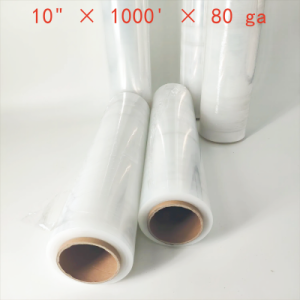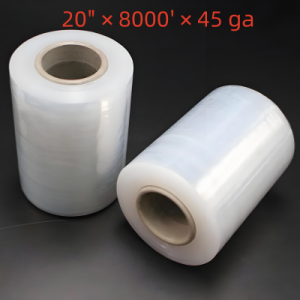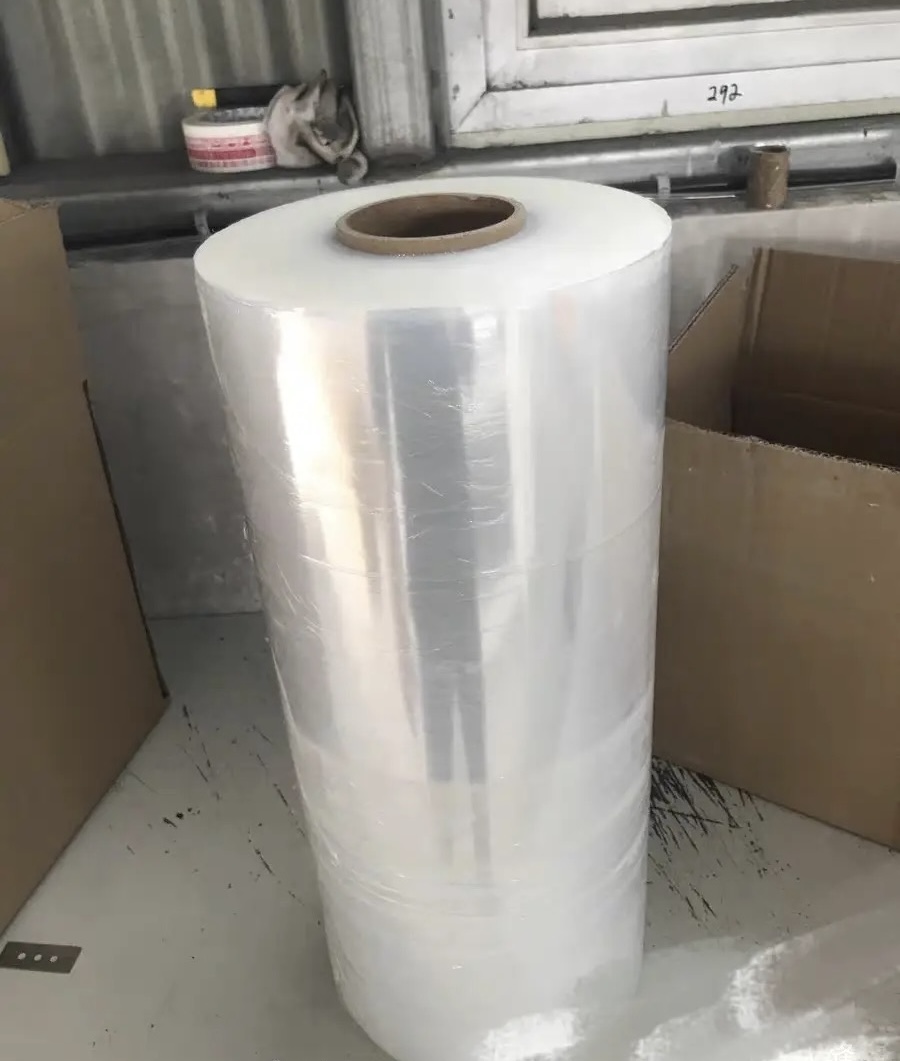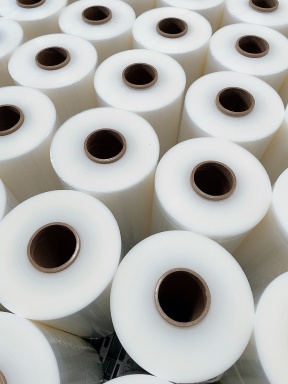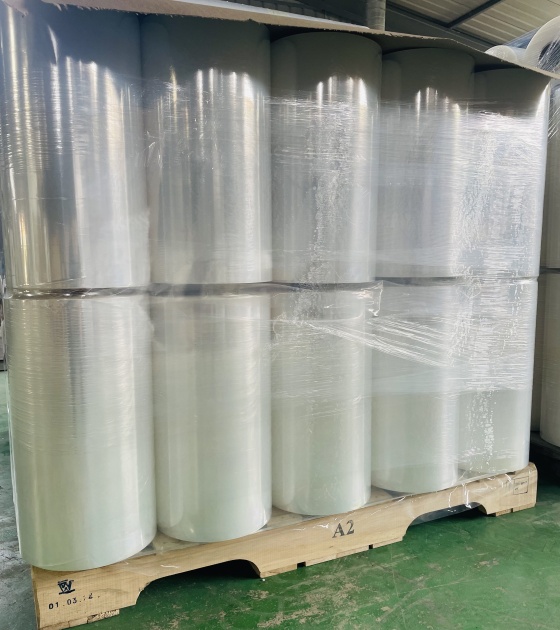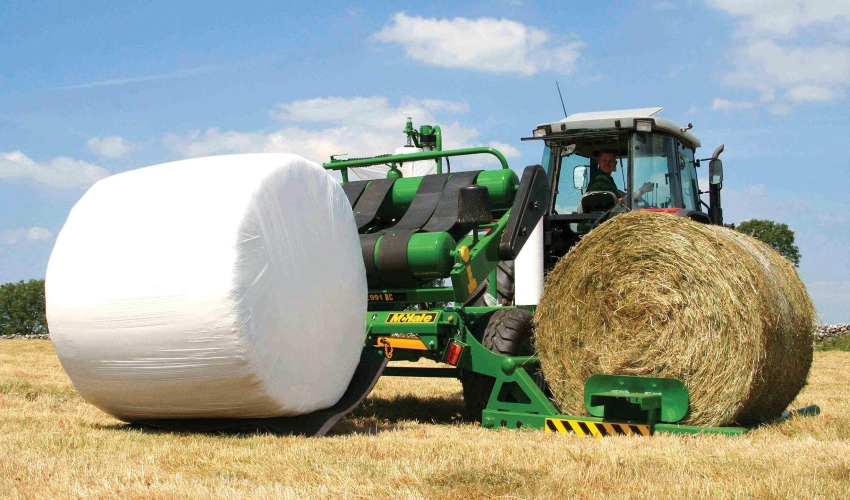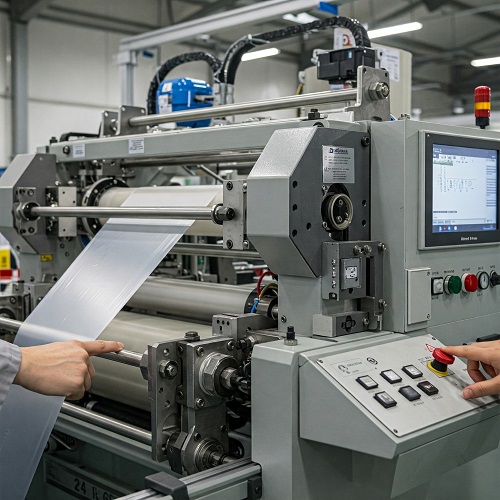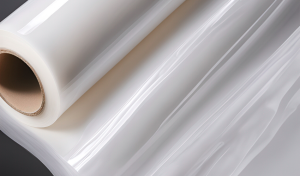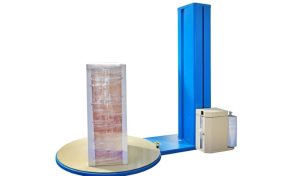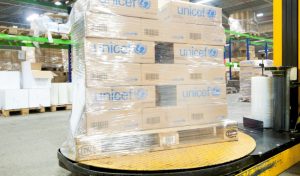PWP Stretch Film is a high-performance machine stretch film supplier, providing heavy-duty stretch film for pallet wrapping machines designed to enhance packaging efficiency, improve load stability, and ensure product protection during transportation and storage. Our advanced machine stretch films are manufactured with cutting-edge German W&H 55-layer nano technology and undergo rigorous testing using Belgian ESTL scientific equipment, guaranteeing the highest quality and performance.
Machine-grade stretch film is specifically designed for use with automated pallet wrapping machines, ensuring consistent application, increased efficiency, and reduced labor costs. Unlike hand stretch film, machine stretch film is optimized for high-volume operations, making it ideal for logistics and shipping, automotive parts, retail, pharmaceuticals, and automated warehousing.
Our custom machine stretch film is available in various micron thicknesses, widths, and roll sizes, allowing businesses to select the ideal film for their specific packaging needs.
- Exceptional Stretch & Load Stability – With a pre-stretch ratio of 250%, our stretch film maximizes film coverage while ensuring strong load containment for increased pallet stability.
- High Puncture & Tear Resistance – Designed for heavy-duty applications, our film withstands rough handling and prevents load shifting during transit.
- Custom Width Stretch Film for Pallet Wrapping Machines – Available in various sizes to fit your wrapping machine and reduce film waste.
- Reduce Film Breakage – Our premium formulation ensures smooth, consistent film unwinding, minimizing breaks and improving wrapping efficiency.
- UVI Protection & Anti-Static Packaging – Our stretch film resists UV degradation for outdoor storage while preventing static buildup for safer handling.
- Environmentally Friendly & Recyclable – Manufactured using eco-conscious materials, our machine-grade stretch films support sustainable packaging solutions.
- Pallet Stability Certification – Meets industry standards for secure load containment, ensuring that products remain safely wrapped throughout transportation.
Our machine-grade stretch film is engineered to meet the demands of modern industrial packaging, ensuring seamless integration with most standard pallet wrapping machines. Whether you require custom machine stretch film for logistics and shipping, pharmaceuticals, automotive parts, or automated warehousing, PWP Stretch Film has the right solution for you.
At PWP Stretch Film, we are committed to delivering high-performance, durable, and cost-effective stretch films to meet the needs of businesses worldwide. Contact us today to explore our range of custom machine stretch films and optimize your packaging process!


